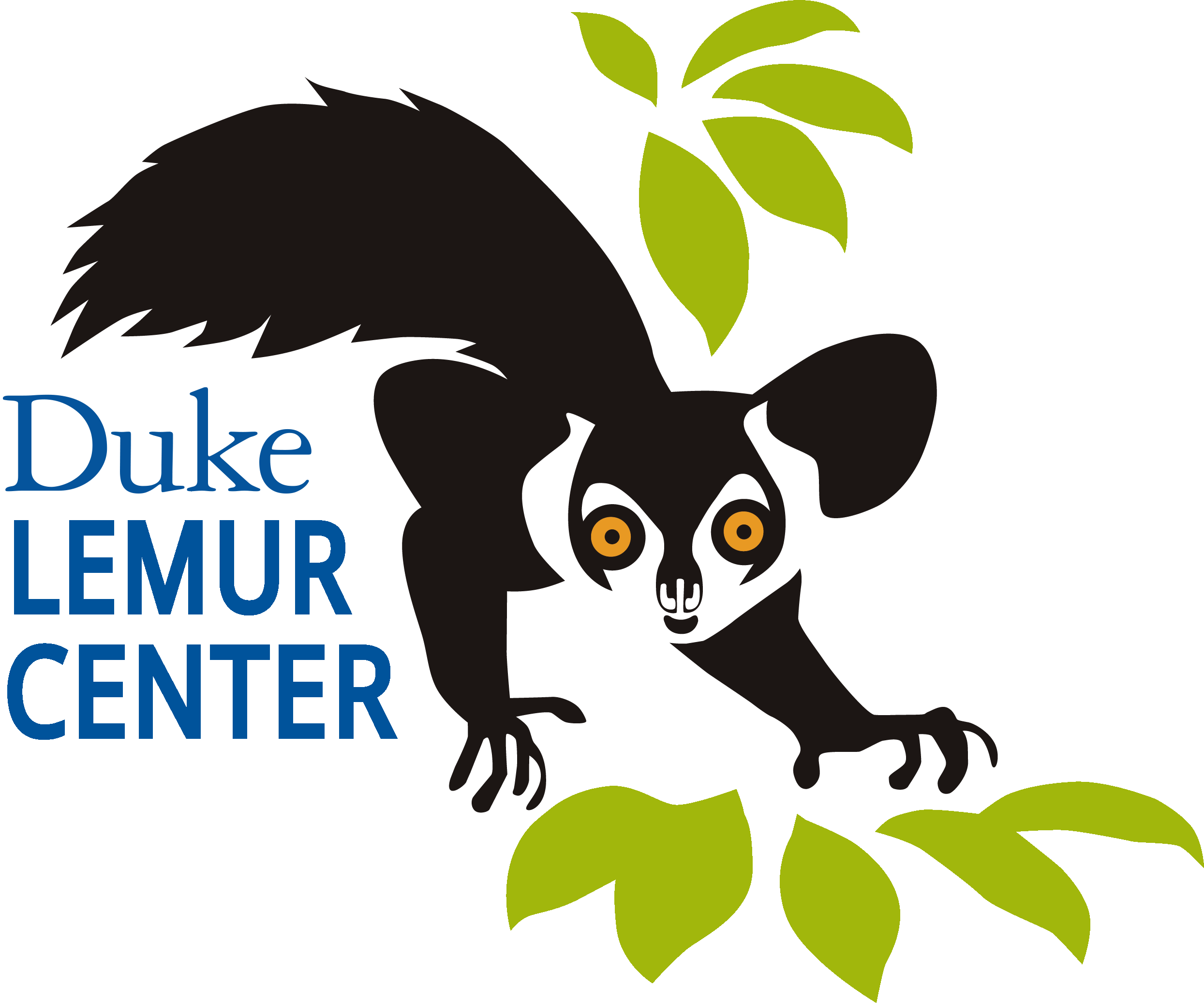Visitors to the Duke Lemur Center can see lemurs balancing on narrow branches, hanging upside down by their hands and feet, bounding from trunk to trunk and leaping as far as 30 feet through the air — some with babies clinging to their furry bodies. Some species climb slowly and cautiously as they balance on branches. Others are known for their acrobatic bounds, hops and leaps, including a unique sideways, ballet-like form of locomotion. Lemur locomotion isn’t the only thing that attracts attention — researchers are interested how their muscles and bones work together during feeding too. One lemur species uses long rodent-like front teeth to gnaw through the bark and wood of trees. Research on lemur biomechanics offers clues to how our early primate ancestors might have adapted to life both on the ground and in the trees.
Related News
Lemur headgear helps researchers probe prehistory
Oct 8, 2012
Wired

